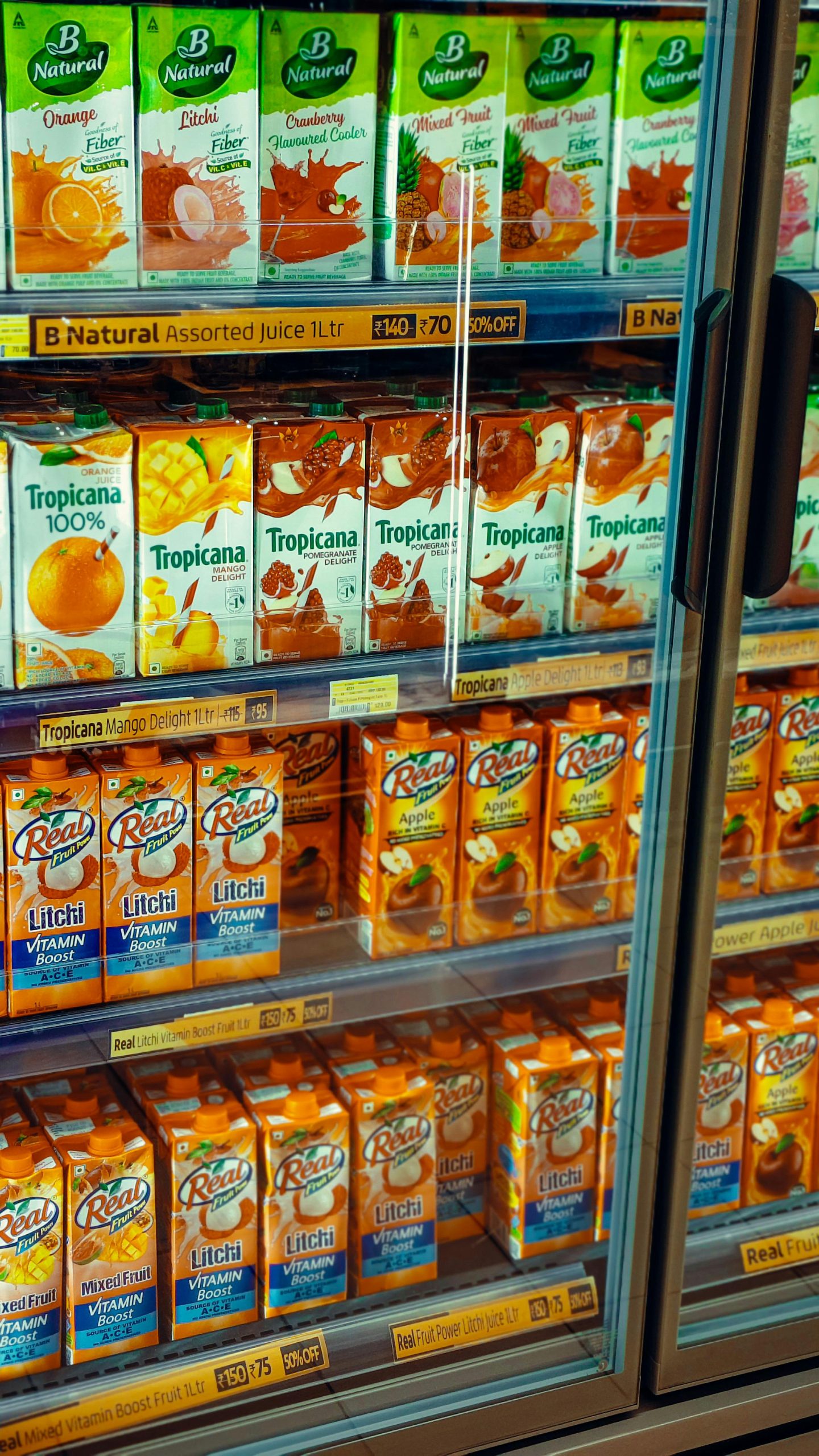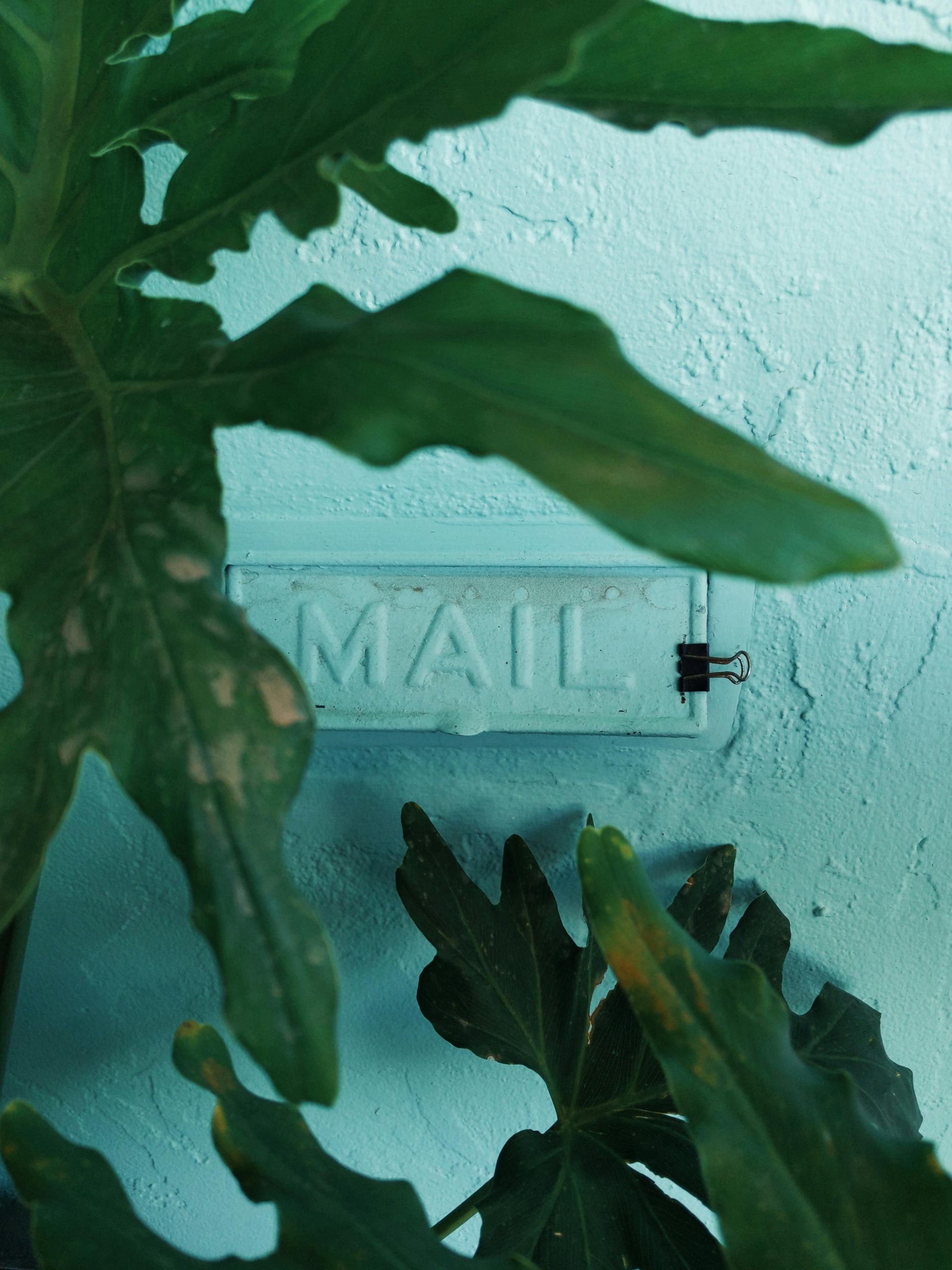Rebranding is one of the riskiest moves a company can make. When done right, it can refresh a brand’s image and attract a new generation of customers. When done wrong, it can alienate loyal customers, create confusion, and result in a public relations disaster that costs millions. A successful rebrand requires a deep understanding of a brand’s heritage and its emotional connection with the public. These seven brands famously misjudged that connection and launched rebranding campaigns that failed spectacularly.

1. New Coke (Coca-Cola)
In 1985, Coca-Cola made the infamous decision to change its 99-year-old formula and launch “New Coke.” The company thought a sweeter taste, which had beaten Pepsi in blind taste tests, would be a huge success. Instead, the public reaction was overwhelmingly hostile. Loyal customers felt betrayed and demanded the return of their beloved drink. After just 79 days of relentless backlash, the company capitulated and brought back the original formula, rebranding it as “Coca-Cola Classic.”
2. Gap’s New Logo
Gap’s 2010 attempt to modernize its logo is a legendary failure. The company replaced its iconic dark blue box and serif font with a minimalist design using Helvetica font and a small blue square. The public immediately hated it, using social media to mock the new logo as cheap, generic, and soulless. The outcry was so intense that Gap announced it was scrapping the new design and returning to the classic logo after only one week.
3. Tropicana’s Packaging Redesign
In 2009, Tropicana invested millions to redesign its orange juice cartons. It replaced the familiar image of an orange with a straw in it with a sleek, modern image of a glass of juice. The result was a catastrophe. Customers could no longer recognize the product on crowded store shelves, and sales plummeted by 20% in just two months. The company quickly admitted its mistake and reverted to the original, much-loved packaging.
4. The Sci-Fi Channel Becomes “Syfy”
To broaden its audience beyond traditional science fiction fans, the Sci-Fi Channel rebranded itself as “Syfy” in 2009. The new name was intended to be more modern and active, but the channel’s core audience despised it. They viewed the deliberate misspelling as a dumbing-down of the brand and an attempt to distance itself from the very genre it was supposed to celebrate. While the name stuck, it did so at the cost of alienating many of its most loyal viewers.
5. RadioShack Becomes “The Shack”
In 2009, the struggling electronics retailer RadioShack attempted to appear more modern and relevant by rebranding as “The Shack.” The new name was meant to be casual and cool, but consumers found it awkward and confusing. The change did nothing to solve the company’s fundamental problems, such as its outdated product selection and competition from online retailers. The rebrand became a joke and a symbol of the company’s desperate and failed attempts to survive.
6. The Post Office Becomes “Consignia”

In 2001, Britain’s Royal Mail, a 350-year-old institution, decided to rebrand its parent company as “Consignia.” The new name was a piece of corporate jargon meant to encompass the company’s global logistics operations. The public, politicians, and employees universally hated it, viewing it as a meaningless and expensive exercise that erased centuries of heritage. The company spent millions on the rebrand, only to scrap the Consignia name just over a year later after facing relentless ridicule.
7. The Tribune Company Becomes “Tronc”
In 2016, the venerable media company that owned the Chicago Tribune and the Los Angeles Times announced it was changing its name to “tronc,” short for “Tribune online content.” The new name, presented in a bizarre, jargon-filled video, was meant to signal a shift to a digital-first future. Instead, it was widely mocked as one of the worst corporate names of all time. The rebrand became a symbol of a legacy company trying, and failing, to be hip, and the name was quietly abandoned two years later.
The Identity Crisis
These rebranding failures all share a common thread: they ignored the deep emotional connection that customers had with the original brand. They tried to impose a new identity from the top down without respecting the history and loyalty they had already built. The lesson is clear for any company considering a change: your brand belongs as much to your customers as it does to you, and you tamper with that relationship at your peril.
What do you think is the worst rebranding failure of all time? Is there a brand you love that you hope never changes? Share your opinion!
Read More
7 Trending Flavors That Are Just Weird Rebrands of Ketchup
7 Shampoo Brands Facing Consumer Lawsuits
The post 7 Brands That Tried to Rebrand and Failed appeared first on Grocery Coupon Guide.







